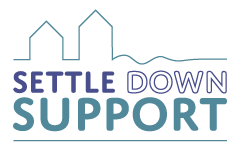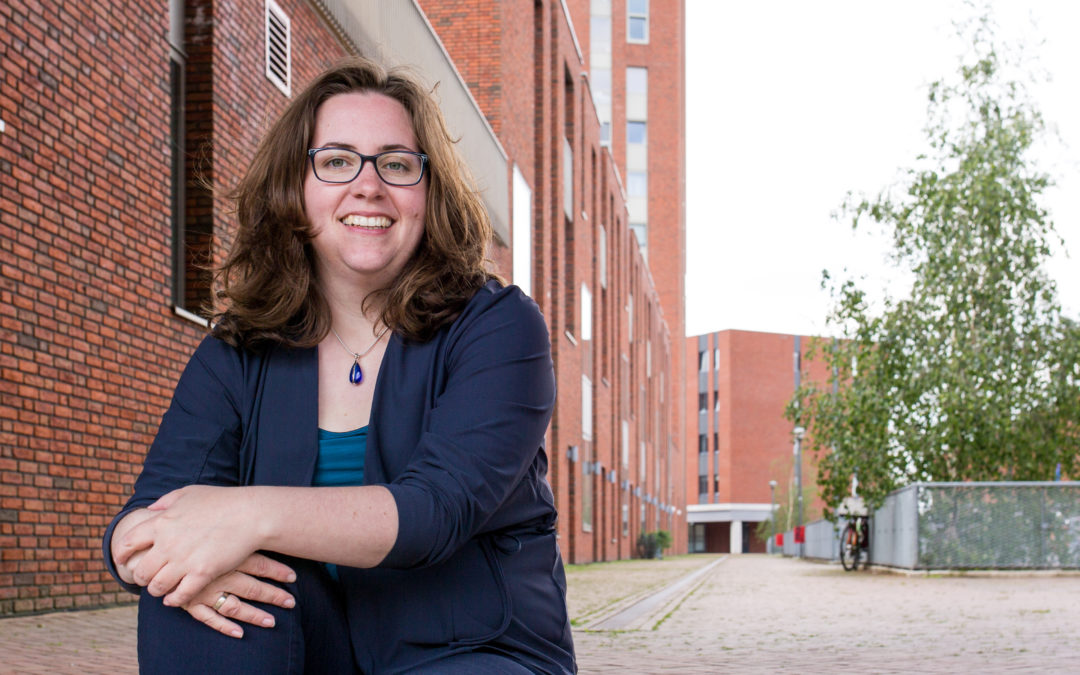Last week, I got this question: I want to update the energy label of my flat from D to A. What does it cost?
My answer: I will write a blog about this, because updating an energy label is already a challenge, let alone when you are a flat owner.
Owners association
Good to know, when you buy a flat, you’re becoming also a partner in the owners’ association (VVE or vereniging van eigenaren) . This association needs to take care of the common parts of the building, and the outside maintenance. Together as owners, you decide what needs to happen and when.
Usually, you pay a monthly fee for the services. This can include the use of electricity in the hallway, the cleaning of the windows and maintenance of the building. And, much more.
In many cases, an owners’ association have also a maintenance plan for the building. This can also include making the building more sustainable.
The outside of the building, including window frames, roof and floor, is usually part of the responsibility of the VVE. This is good to know, before you start making your flat more energy efficient.
Starting to make your house more sustainable
Step 1: Check the energy label of your house
When you buy a house, whether it is a flat or villa, you always receive an energy label. In this label, you can also find what you can do to improve the energy label. Don’t you know what energy label your house has? Check it here.
Do you want to know more about the energy label? Check out this blog.
Step 2: Check the regulations of the owners association
In the regulations, you find what’s your responsibility and what’s the part of the owners’ association.
Example: you want to insulate the roof from the inside, however it is mentioned that the roof is part of the common responsibility. What you can do in this situation is asking the VVE for approval.
Step 2: Ask if there is a maintenance plan
The owners of the building, should together save money for major maintenance. This reserve fund is commonly based on the expected costs in the future. And, this is mentioned in the maintenance plan.
You can imagine, if the roof needs replacement within 5 years from now, it’s a logical moment to insulate the roof as well for the whole building. So, maybe worth to wait for a few years.
Step 3: What to do if there isn’t anything mentioned making the building more sustainable in the maintenance plan?
There are a few things you can do. To give you a few examples:
a. Ask your neighbours if they made their flat more sustainable, and how they did it.
b. Ask the board of the owners’ association for permission to do the tasks in your own flat.
c. Write a letter to the board of the VVE and ask them if they can add an agenda item for the next meeting. Mostly, there will be an annual meeting with the owners. A good opportunity to ask if the other owners want to invest in the sustainability and energy-label of the building.
Good to know
Because you live in an apartment, you also benefit from the heating of your direct neighbours. Some of you are lucky to have neighbours who like to put the heating on 23 degrees Celsius. That already helps with lowering your heating costs.
When you start insulating your flat, it can affect others as well. And, of course, you want to do it well and prevent mistakes in the end. Before starting, ask advice. For example, by planning an introductory by clicking this link.
The most effective measures, also for apartment complexes, are:
Insulating the roof
Warm air rises, which means, much heat will get lost through the roof. Insulating the roof also means slower warming up in the summer.
Insulating the cavity wall
Is your house built after 1920? Huge change that there are cavity walls. And, cavity walls are easy to insulate, with a return on investment in about 5 years.
Changing the glass panes
Do you have single or old double glass. This measure can pay out. For more information: check this blog.
Insulating the floor
When there is a crawling space, which is high enough, insulating the crawling space will pay out.
Heat pump
In many flats, you share the heating system with others. In others, you have your own heating system. You can probably change this in a heat pump. For a heat pump, you also need an outdoor unit. This can be placed on your balcony, or maybe even on the shared roof. However, you always need permission from the owners’association.
Things you can always do to make your house more energy efficient
1. Replace the rubbers around doors and windows in time. Do you see cracks? Time for replacement.
2. Apply radiator foil. This prevents that the heat goes into the walls.
3. Do you have a hot water boiler? And, is it older than 12 years? You can replace it with a new, more efficient one. Also, maintaining your hot water boiler will help you save some energy.
4. Do you hear bubbling in your radiators? Time to fill the system again.
5. Ventilate your house, also in the winter. 10 minutes a day is already helping for a healthy indoor climate.
Summary
Owning a flat has a lot of advantages. The owners’ association is responsible to keep the building in a good condition. Also, they are responsible for long term maintenance. If you are lucky, they also made a plan for making your house more sustainable.
If not, you can do a few things. Keep in mind that some parts of the building are under the responsibility of the owners’ association. And, in some cases, you should ask permission for taking energy saving measures. Check the regulations of your house.
Do you need help with making your house more sustainable, and need some advice? Feel free to use this link for an online meeting for free.



